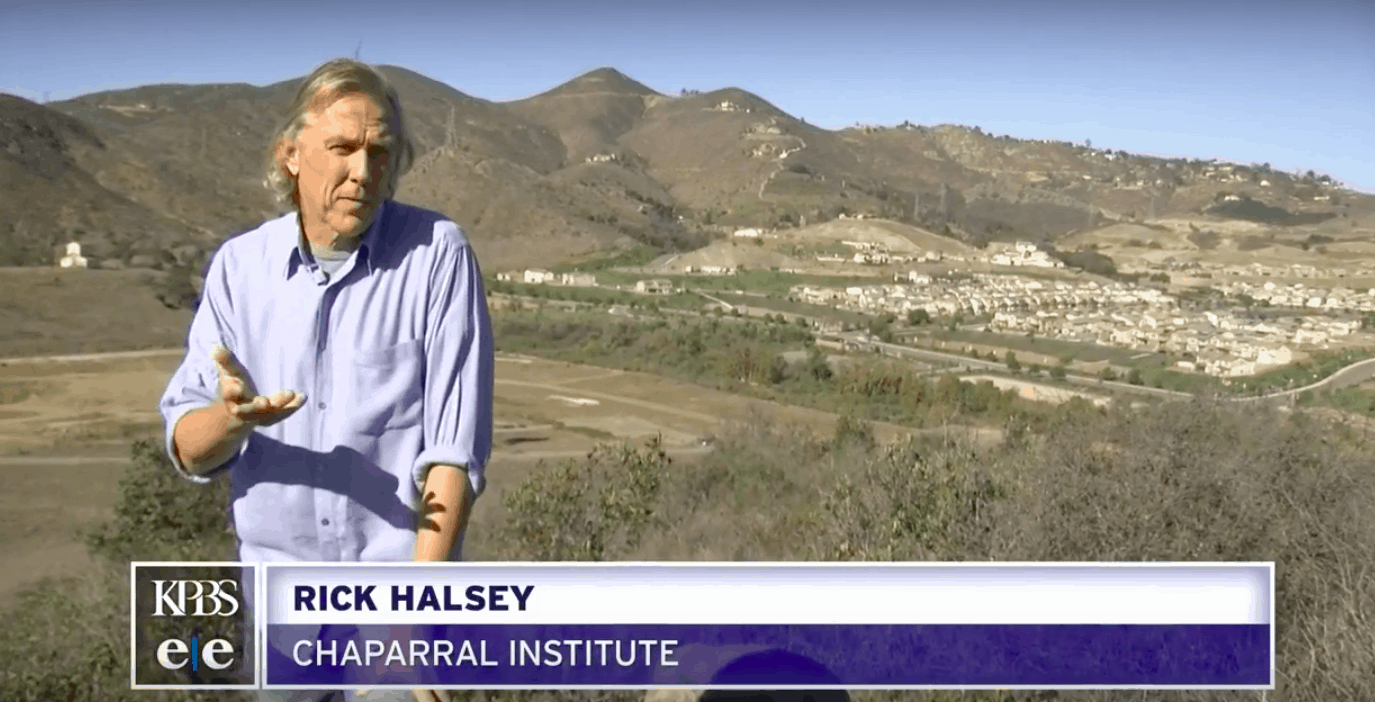Forest Service summaries: Litigation Weekly Nov 30
The district court upheld the Moose Creek Vegetation Project on the Helena-Lewis and Clark National Forest with respect to Healthy Forest Restoration Act compliance. (D. Mont.)
- Greenpeace v. Stewart
The Ninth Circuit Court of Appeals reversed the district court and the Forest Service on four timber sales on the Tongass National Forest because of flawed analysis of deer habitat. (9th Cir.)
- Quiet title claims
(New cases – no links.) Five plaintiffs in different cases seek to quiet title regarding rights to irrigation diversion structures on the Sawtooth National Forest. (D. Idaho)
BLOGGER’S BONUS
(There was no link provided by the Forest Service above, but the article I linked includes a link to the court decision.) This is a case that has been litigated for “over a decade.” The 9th Circuit stated, “USFS has been given multiple opportunities to correct flaws in its project analysis and has ignored this court’s guidance.” I wanted to emphasize the holding on species viability (these are rare deer). The deer model was flawed because it “was too unreliable to be used in conjunction with the proxy on proxy approach of ensuring species viability.” The court cited the precedent of Lands Council v. Powell from 2005: “Crucial to [the proxy on proxy] approach . . . is that the methodology for identifying the habitat proxy be sound.” Since the coarse filter approach sanctioned by the 2012 Planning Rule uses habitat as a proxy for species viability, this will place a premium on demonstrating that coarse filter vegetation plan components will provide the ecological conditions needed for at-risk species. Typical forest plan revision documentation does not seem to take this requirement to demonstrate the soundness of their methodologies very seriously (despite the requirement in 36 CFR §219.9(b)(1) to make this determination).
This is the final step in resolving a case that was begun in 2009 and led to injunctions against several timber sales on the Kootenai National Forest. The Montana district court held that the Forest had complied with the requirements of the injunction for the Miller West Fisher Project, and it was therefore dissolved. Plaintiffs conceded all points except one involving the Endangered Species Act – the need to analyze incidental take for grizzly bears that may be harmed outside of their recovery zone. The Forest relied on the analysis of incidental take done for a grizzly bear access amendment that is now included in its revised forest plan. The court upheld a “tiered” consultation process, where analysis at the forest plan level is sufficient for projects unless “proposed actions would result in adverse effects to grizzly bears that were not fully analyzed in the first-tier biological opinion (emphasis by the court). In its concurrence that the project is not likely to adversely affect grizzly bears, the Fish and Wildlife Service determined that, “the proposed action is not likely to adversely affect the threatened grizzly bear in ways other than described in the2011 consultation on the Access Amendment”(emphasis by the court), and that analysis did not need to be repeated. (D. Mont.)



